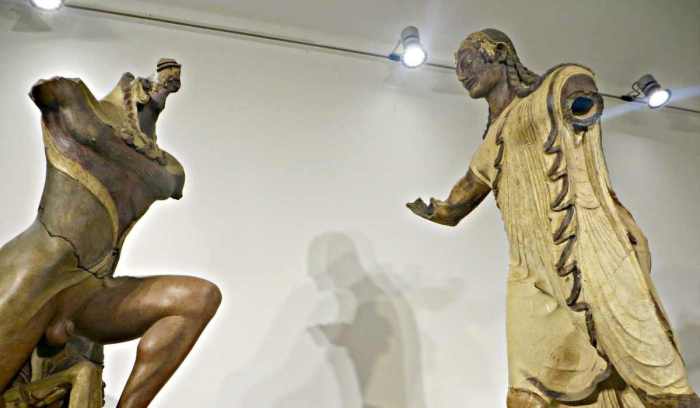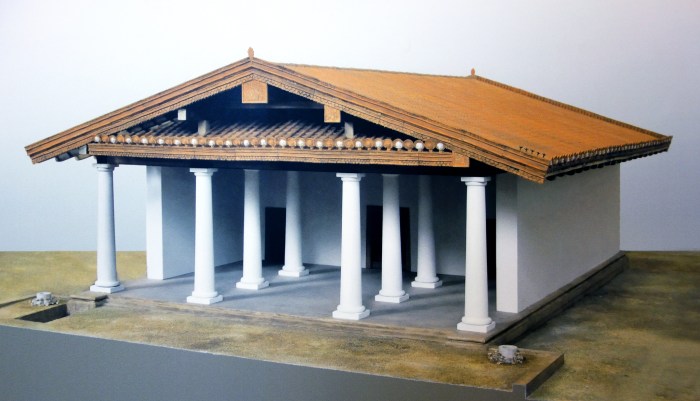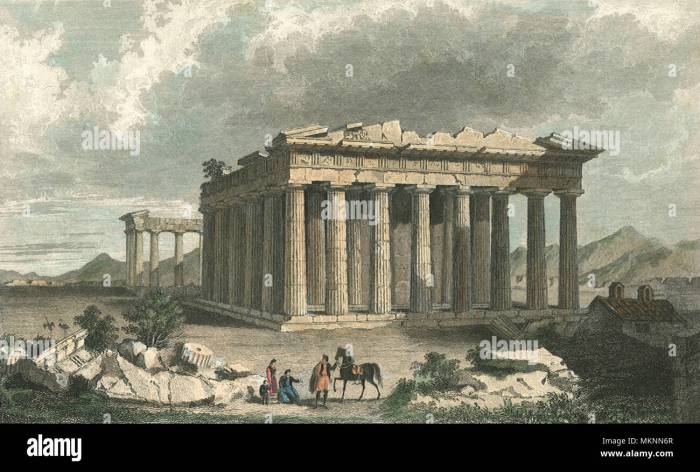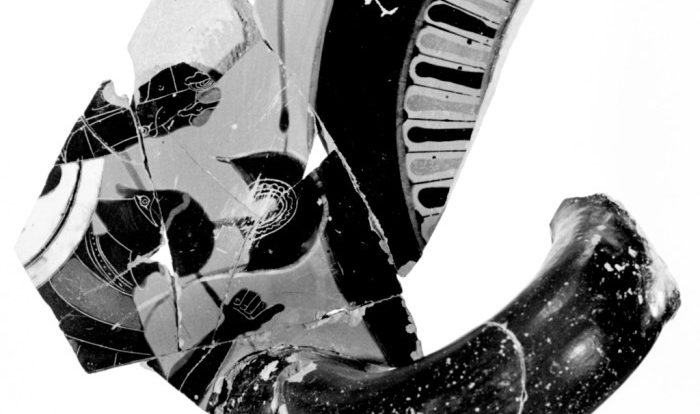The Temple of Minerva and Sculpture of Apollo stand as testaments to the architectural and artistic prowess of ancient Greece. This discussion will delve into the history, design, and significance of the temple, as well as the symbolism and artistic merits of the sculpture.
Exploring the relationship between these two iconic works provides a deeper understanding of their cultural and historical context.
Temple of Minerva: Architectural Overview

The Temple of Minerva, also known as the Parthenon, is one of the most iconic and significant architectural achievements of ancient Greece. Constructed between 447 and 438 BCE, the temple was dedicated to the goddess Athena, the patron deity of Athens.
Architectural Style
The temple exemplifies the Doric order of Greek architecture, characterized by its simple, robust columns and lack of ornamentation. Its rectangular floor plan measures approximately 228 feet by 101 feet, with eight columns on each side and six at the front and back.
Exterior Features
The temple’s exterior is adorned with a series of sculpted metopes and pediments. The metopes depict scenes from Greek mythology, while the pediments feature allegorical representations of the birth of Athena and her victory over the giants.
Significance
The Temple of Minerva was not only a religious edifice but also a symbol of Athenian power and prosperity. It housed a colossal gold and ivory statue of Athena, which was considered one of the Seven Wonders of the Ancient World.
Sculpture of Apollo: Artistic Analysis

The sculpture of Apollo, known as the Apollo Belvedere, is a renowned masterpiece of classical Greek art. Created in the 4th century BCE, the sculpture depicts the god Apollo in his youthful prime.
Physical Attributes
The sculpture is made of marble and stands approximately 7 feet tall. Apollo is depicted as a nude male figure, with a well-proportioned body and idealized facial features.
Symbolism and Iconography
Apollo is identified by his attributes, including a laurel wreath, a quiver of arrows, and a lyre. The sculpture represents the god’s association with music, prophecy, and healing.
Artistic Style, Temple of minerva and sculpture of apollo
The Apollo Belvedere exemplifies the classical Greek style, characterized by its idealized proportions, naturalistic rendering, and harmonious composition.
Relationship between the Temple and Sculpture

The sculpture of Apollo was originally housed in the Temple of Minerva, where it complemented the temple’s architectural design and enhanced its religious significance.
Architectural Harmony
The placement of the Apollo Belvedere within the temple’s cella created a harmonious relationship between the two structures. The sculpture’s idealized form echoed the temple’s Doric order, creating a sense of unity and balance.
Religious Significance
The presence of Apollo’s sculpture within the temple reinforced the deity’s connection to Athena. As the patron of Athens, Athena was associated with wisdom, war, and the arts, while Apollo was associated with prophecy, music, and healing.
Historical and Cultural Context
The Temple of Minerva and the sculpture of Apollo were created during the Golden Age of Athens, a period of unprecedented cultural and artistic achievement.
Historical Significance
The temple was built following the Persian Wars, when Athens emerged as a dominant power in the Greek world. The sculpture of Apollo was likely created shortly thereafter, as part of the city’s cultural renaissance.
Cultural Significance
The temple and sculpture were central to Athenian religious and cultural life. The temple served as a place of worship and a repository for sacred treasures, while the sculpture embodied the ideals of beauty and perfection that defined Greek civilization.
FAQ Overview: Temple Of Minerva And Sculpture Of Apollo
What is the significance of the Temple of Minerva?
The Temple of Minerva was a sacred site dedicated to the goddess of wisdom and war. It served as a center for religious ceremonies and political gatherings.
What materials were used to create the Sculpture of Apollo?
The Sculpture of Apollo was crafted from marble, a material highly valued for its durability and aesthetic qualities.
How does the Sculpture of Apollo relate to the Temple of Minerva?
The Sculpture of Apollo was positioned within the temple, complementing its architectural design and enhancing its religious significance as a representation of the god.
